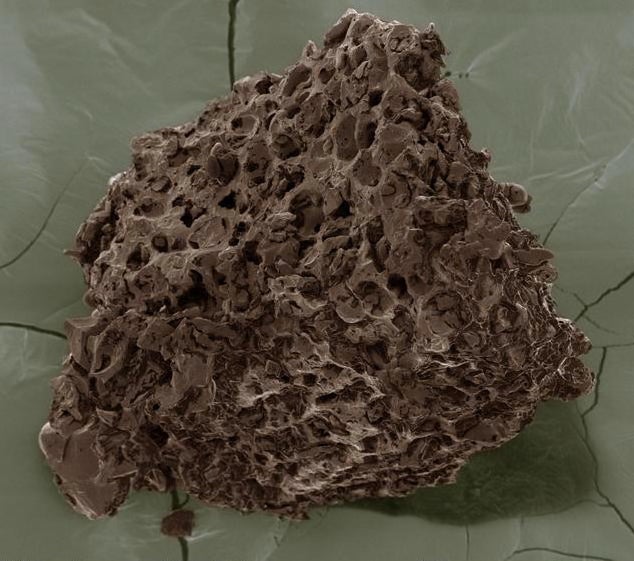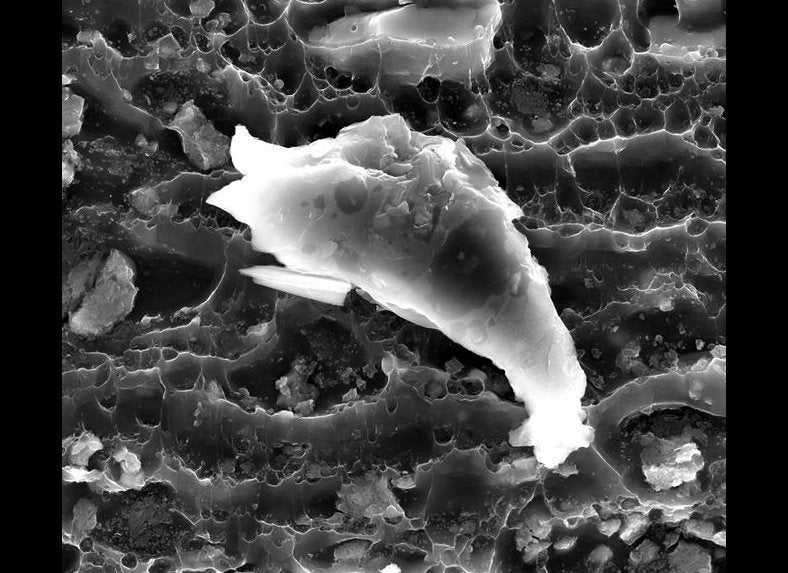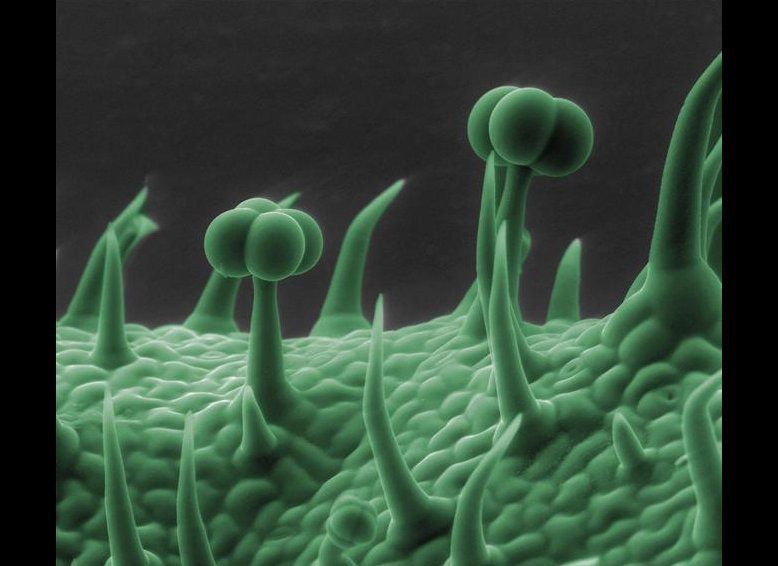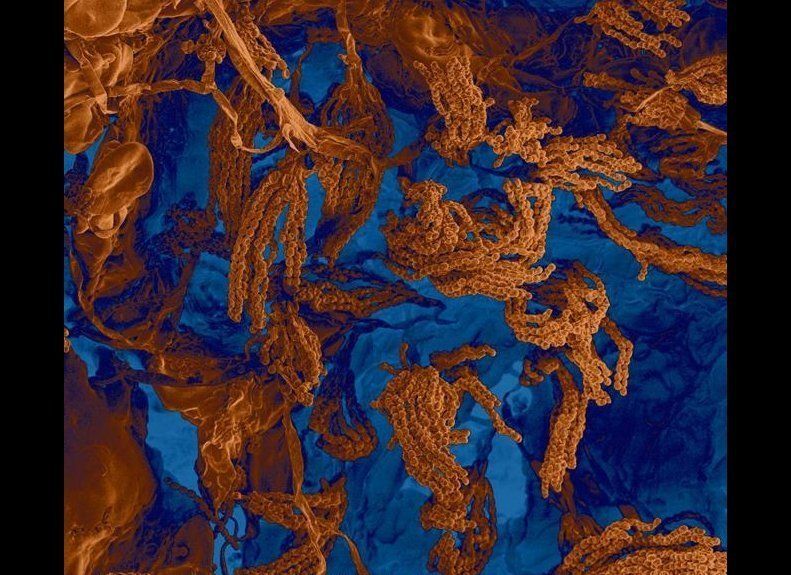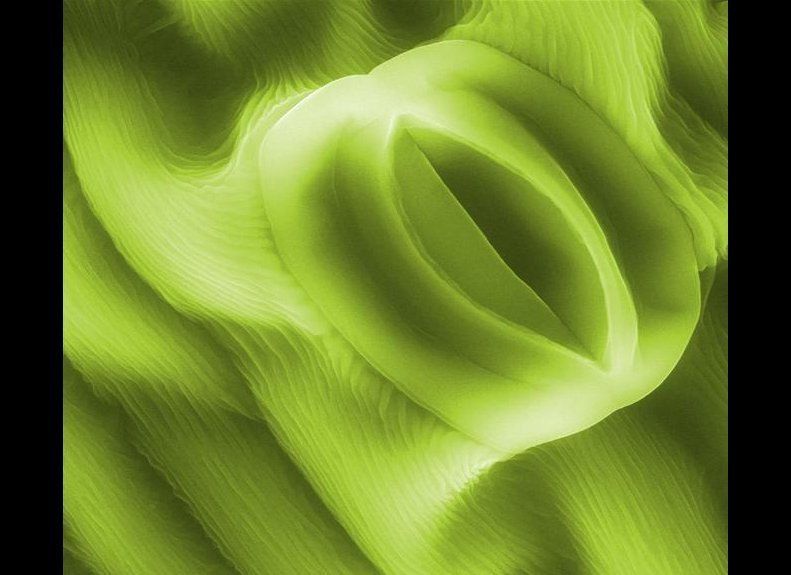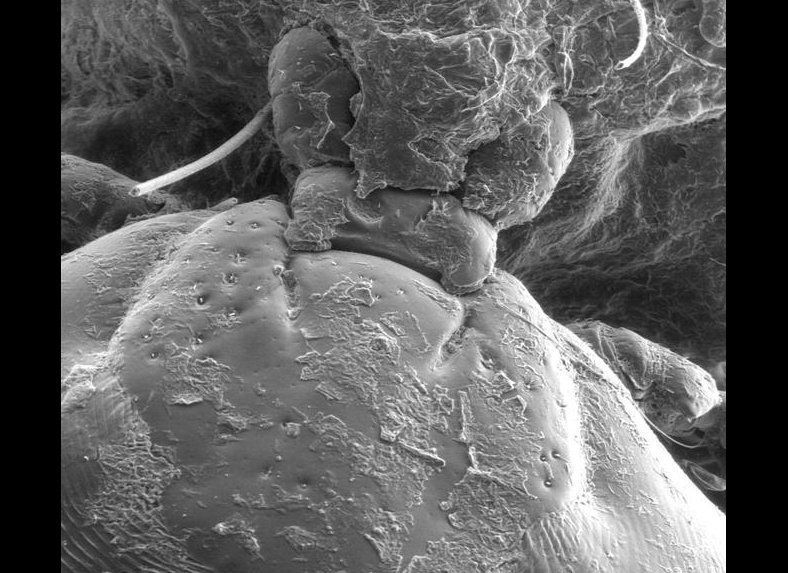The human eye certainly sees a lot, but it's not very good at detecting what researchers are calling the "invisible motion" all around us -- the way a baby's skin color shifts with each breath, for instance, or how a seemingly stationary crane is actually swaying wildly in the wind.
But now there's an "app" for that, in the form of a computerized video system created by researchers at MIT's Computer Science and Artificial Intelligence Laboratory.
The heart of the system is a computer algorithm that dramatically intensifies the tiny changes in people and objects around us, rendering obvious what to the naked eye is too subtle to be seen. The effect is striking.
“Once we amplify these small motions, there's like a whole new world you can look at,” Dr. William Freeman, a professor of electrical engineering and computer science at MIT, told The New York Times. He narrates the video above, which shows the algorithm amplifying motion and color in a range of situations.
The research team recently released the code for the algorithm -- known as Eulerian Video Magnification -- for free online. In February, the researchers received an honorable mention for their video in the International Science and Technology Visualization Challenge from the National Science Foundation and the journal Science.



